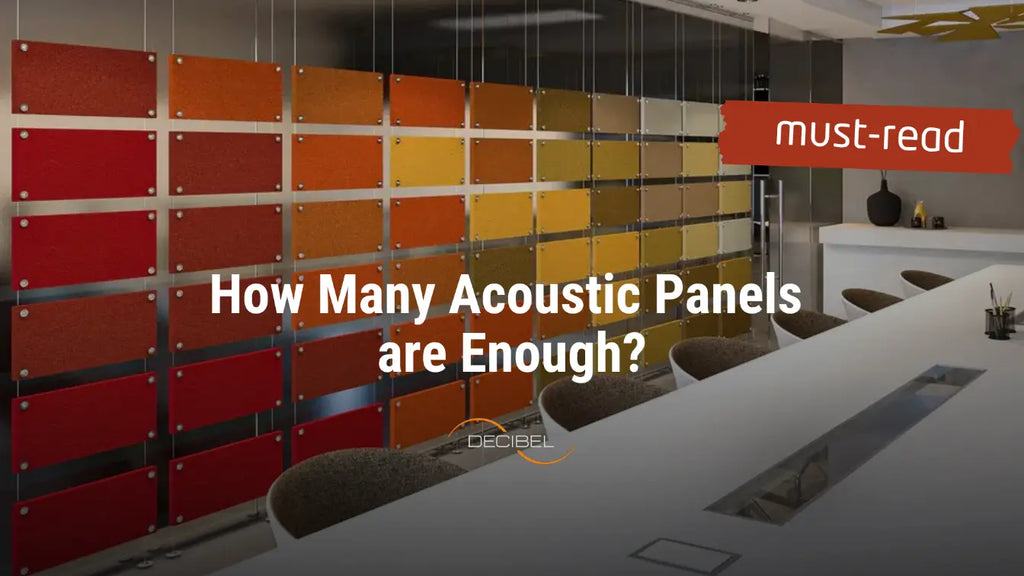
Waarom elk huis akoestische panelen verdient (zelfs als je geen muzikant bent)
De voordelen: veel verder dan alleen geluid

Praktijkvoorbeelden
De juiste panelen kiezen
Materiaal & dikte
Plaatsing en hoeveelheid
Esthetiek en veiligheid
Begroting & aanpak
Hoe u akoestische panelen installeert (doe-het-zelftips)
Laatste artikelen
Ontdek waarom elk huis akoestische panelen nodig heeft. Ontdek hoe ze de geluidskwaliteit verbeteren, lawaai verminderen en het comfort verhogen.
Ontdek hoe
Begrijp waarom uw kantoor galmt en hoe u de productiviteit van uw werknemers kunt verbeteren - en een paar extra tips.
Weet u niet zeker hoeveel akoestische panelen u daadwerkelijk nodig heeft? Deze gids legt uit hoe geluid zich gedraagt, hoe u de dekking berekent en welke









